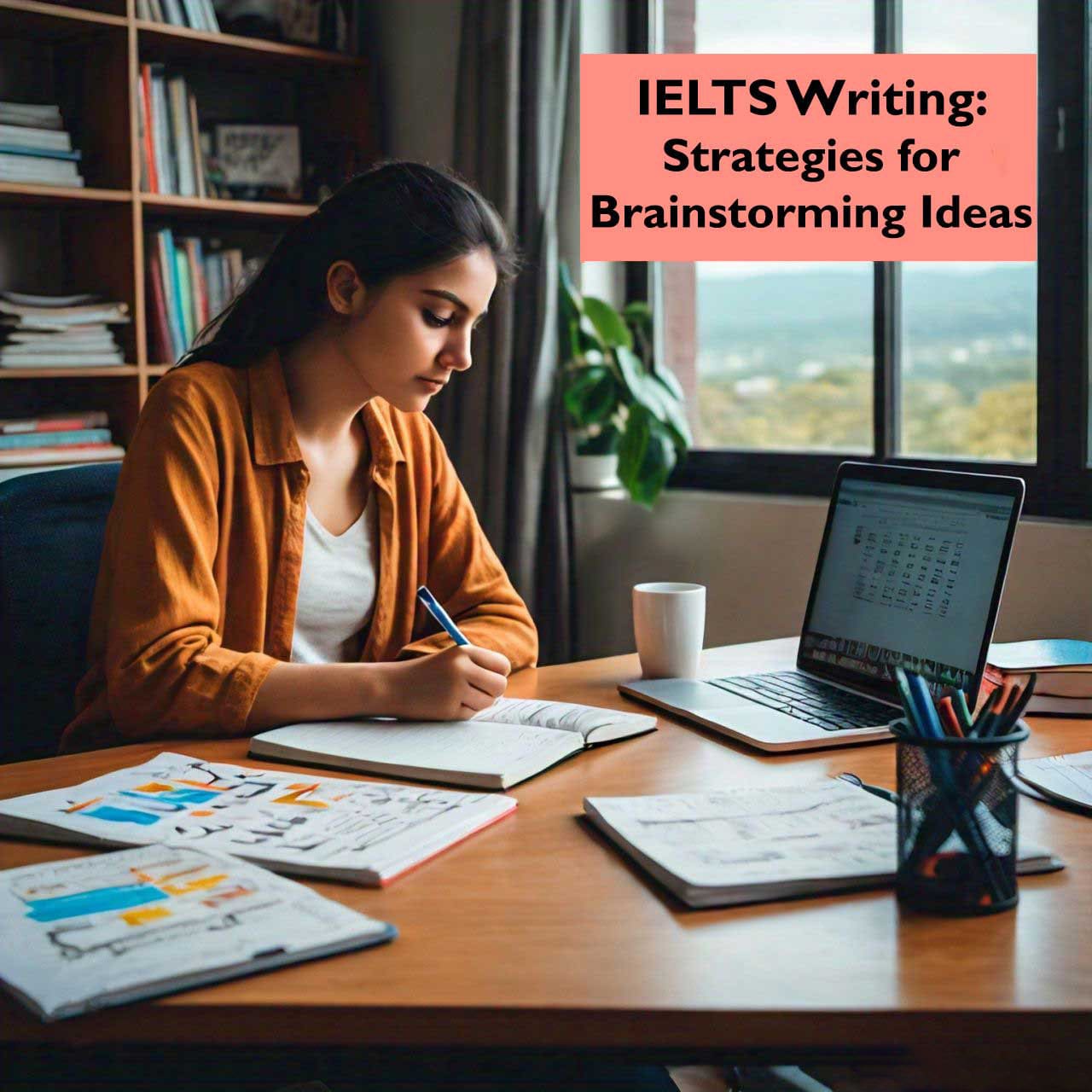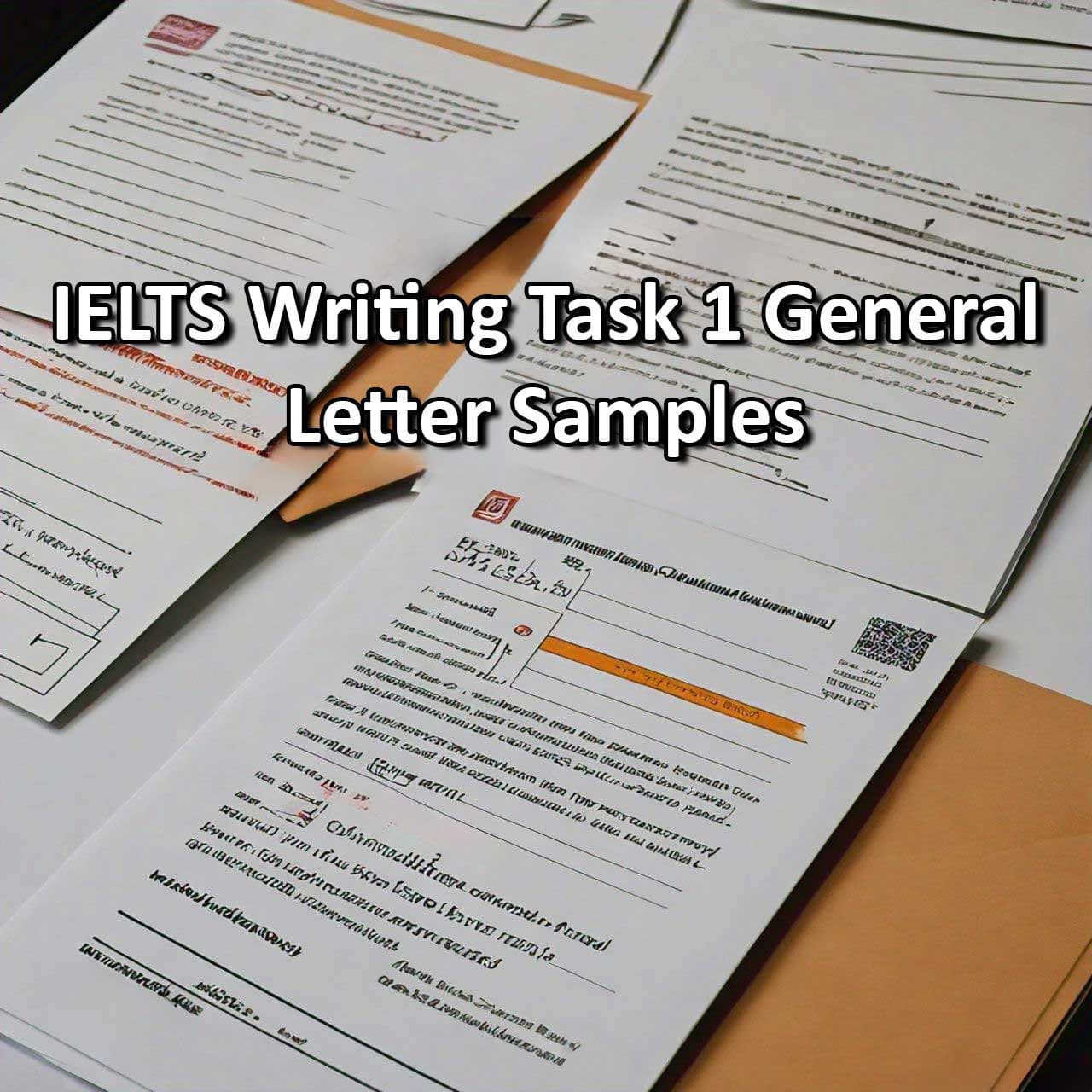The IELTS Writing test challenges your ability to generate, organize, and express ideas effectively within a limited time. Whether you’re tackling Task 1, where you describe visual information, or Task 2, where you write an essay on a given topic, the ability to brainstorm ideas quickly and efficiently is crucial. Effective brainstorming helps you produce coherent and well-structured responses that meet the test criteria. In this blog post, we’ll explore strategies for brainstorming ideas to help you succeed in the IELTS Writing test.
Table of Contents
Understanding the IELTS Writing Test
Before diving into brainstorming strategies, it’s essential to understand the structure of the IELTS Writing test, which is divided into two tasks:
Task 1 (Academic and General Training)
– Academic: Describe and interpret visual information such as charts, graphs, or diagrams.
– General Training: Write a letter responding to a given situation (formal, semi-formal, or informal).
Task 2 (Both Academic and General Training)
– Write an essay in response to a point of view, argument, or problem. This task assesses your ability to present and support ideas, develop an argument, and provide examples.
Why Brainstorming is Important
Brainstorming is a critical first step in the writing process. It allows you to:
1. Generate Relevant Ideas: Quickly come up with ideas related to the topic.
2. Organize Thoughts: Structure your thoughts logically to create a coherent response.
3. Plan Your Essay: Outline your essay to ensure a clear flow of information.
4. Save Time: A good brainstorming session can save you time by providing a roadmap for your writing.
Effective Brainstorming Strategies
1. Understand the Prompt
Before you start brainstorming, make sure you fully understand the prompt. Identify the keywords and the type of response required. For Task 2, determine whether you need to discuss advantages and disadvantages, give your opinion, or propose a solution.
Example Prompt:
– “Some people believe that the government should invest more money in science education rather than other subjects to develop the country’s economy. To what extent do you agree or disagree?”
Steps:
– Identify keywords: “government,” “invest more money,” “science education,” “develop the country’s economy.”
– Determine the task: Give your opinion and support it with reasons and examples.
2. Use Mind Mapping
Mind mapping is a visual brainstorming technique that helps you organize your ideas around a central concept. This method is particularly useful for visual learners.
How to Create a Mind Map:
– Write the main topic in the center of the page.
– Draw branches from the central topic to related subtopics or ideas.
– Continue adding branches for details and examples.
Example for the Prompt:
– Central Topic: Government Investment in Education
– Branches: Science Education (benefits, economic impact), Other Subjects (importance, examples), Balancing Investments (pros and cons).
3. Apply the WH-Questions Technique
Using WH-questions (Who, What, When, Where, Why, How) can help you explore different aspects of the topic and generate detailed ideas.
Example for the Prompt:
– Who benefits from science education?
– What are the impacts of investing in science education on the economy?
– When should the government start prioritizing science education?
– Where has science education significantly contributed to economic development?
– Why is it important to invest in other subjects as well?
– How can a balanced approach be achieved?
4. Brainstorm Pros and Cons
For prompts that ask you to discuss advantages and disadvantages, listing pros and cons can be an effective way to organize your thoughts.
Example for the Prompt:
– Pros of Investing in Science Education:
– Promotes innovation and technological advancement.
– Creates high-paying job opportunities.
– Enhances the country’s global competitiveness.
– Cons of Neglecting Other Subjects:
– Limits holistic development and creativity.
– Reduces opportunities in humanities and arts.
– Potentially creates an imbalance in the workforce.
5. Use a Structured Outline
Creating a structured outline can help you organize your thoughts and ensure a logical flow in your writing. This is particularly helpful for Task 2 essays.
Example Outline for the Prompt:
– Introduction:
– Paraphrase the prompt.
– State your opinion (agree/disagree).
– Body Paragraph 1:
– Topic sentence: Benefits of investing in science education.
– Supporting points and examples.
– Body Paragraph 2:
– Topic sentence: Importance of investing in other subjects.
– Supporting points and examples.
– Body Paragraph 3 (if needed):
– Topic sentence: How a balanced investment approach can be beneficial.
– Supporting points and examples.
– Conclusion:
– Summarize the main points.
– Restate your opinion.
6. Employ the “PEEL” Technique
The PEEL technique (Point, Evidence, Explanation, Link) helps you structure your paragraphs clearly. Each paragraph should contain:
– Point: The main idea or argument.
– Evidence: Supporting details or examples.
– Explanation: Further elaboration on the point and evidence.
– Link: Connect to the next paragraph or back to the main argument.
Example:
– Point: Science education drives economic growth.
– Evidence: Countries with a strong focus on science, such as South Korea, have seen rapid technological advancement and economic success.
– Explanation: Investing in science education fosters innovation and creates skilled professionals needed in high-tech industries.
– Link: Therefore, prioritizing science education can significantly boost the economy, although it should not come at the expense of other crucial subjects.
7. Free Writing
Free writing involves writing down your thoughts as they come, without worrying about grammar or structure. This technique can help you overcome writer’s block and generate a flow of ideas.
How to Practice Free Writing:
– Set a timer for 5-10 minutes.
– Write continuously about the topic without stopping to edit or revise.
– After the timer ends, review your writing for useful ideas and concepts.
8. Discuss with Others
Talking about the topic with friends, family, or fellow test-takers can provide new perspectives and ideas. Collaborative brainstorming can help you see the topic from different angles and enrich your content.
How to Collaborate:
– Share the prompt and your initial thoughts.
– Ask for their opinions and perspectives.
– Discuss potential examples and arguments.
Practice Prompts for Brainstorming
Here are some practice prompts to apply these brainstorming strategies:
1. Technology and Communication: “Some people believe that modern technology has made communication easier, while others think it has created barriers. Discuss both views and give your opinion.”
– Use mind mapping to explore the benefits and drawbacks of technology in communication.
– Apply the WH-questions technique to examine different aspects of communication affected by technology.
2. Environmental Policies: “Many people think that the government should focus on reducing pollution, while others believe there are more important issues to address. To what extent do you agree or disagree?”
– List the pros and cons of focusing on pollution reduction.
– Create an outline that supports your opinion and provides balanced arguments.
3. Education Systems: “Some people argue that homeschooling is better for children’s development than traditional schooling. Discuss the advantages and disadvantages of both approaches.”
– Use the PEEL technique to structure paragraphs discussing the benefits and drawbacks of homeschooling and traditional schooling.
– Engage in free writing to generate ideas and examples for each approach.
Conclusion
Effective brainstorming is the cornerstone of a successful IELTS Writing test response. By understanding the prompt, organizing your thoughts, and employing a variety of brainstorming strategies, you can produce clear, coherent, and compelling essays. Practice these techniques regularly to enhance your ability to generate and develop ideas quickly. Remember, the more you practice, the more confident you’ll become in handling any topic the IELTS Writing test throws your way.
For more tips and strategies on IELTS preparation, explore our other blog posts and resources. Good luck with your IELTS journey!
If you have any questions or want to share your own brainstorming strategies, feel free to leave a comment below. We’d love to hear from you!



